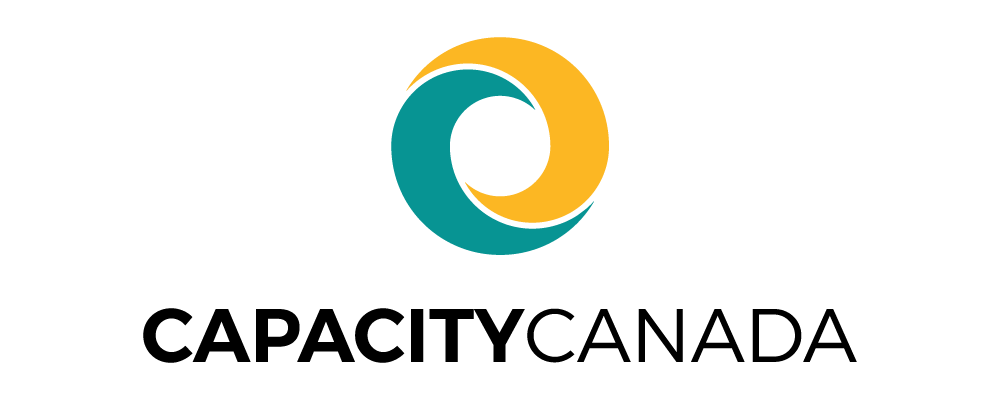|
Getting your Trinity Audio player ready...
|
Once upon a time in a previous corporate life, Lionel Laroche had an awkward email moment.
He sent a letter in English using with the word “demand.” In French, his first language, that wouldn’t be a problem. “Demander” simply means “to ask.”
But in English, the word has a more urgent, imperious intent.
“What kind of reaction do you think I got?” Laroche asked an audience in Kitchener on Tuesday (Oct. 25).

Laroche uses such examples to demonstrate that there are speed bumps — similar words meaning different things in two languages, for example — on the way to creating culturally diverse, inclusive-thinking workplaces.
Large as the challenges may be, the outcomes are well worth it, he said. Organizations gain new ideas and fresh angles on customer and client relationships when they embrace diversity in the rank-and-file, the executive suite and the boardroom.
Diversity, he said, “is both a source of creativity and frustration.”
A chemical engineer by profession, Laroche is founder and principal of MultiCultural Business Solutions, a Canadian consultancy that helps organizations and individuals open up to inclusivity and cultural change.
His talk at the Tannery Event Centre was hosted by Capacity Canada and sponsored by Manulife. The audience included Manulife executives who participate in the Capacity Canada/Manulife MatchBoard program, which pairs executives with volunteer positions on non-profit boards; and graduates of the Manulife Board Governance BootCamp that Capacity holds every year in Waterloo Region.
Laroche aimed his presentation at non-profit boards.
“It’s the tone at the top that influences the whole organization,” said Cathy Brothers, Capacity’s chief executive officer, as she introduced the speaker.
There is always a gap between newcomers and established cultures, Laroche said. Inclusivity evolves when both sides acknowledge their differences and willingly work to close the space, each moving to a more informed understanding the other’s perspective.
Laroche, who works with organizations around the world, applies a simple test from place to place. He asks people to think about whether they prefer a light management style or one that’s more prescriptive.
Canadians tend to lean to the light side, where they have plenty of freedom to work on their own. Many other cultures, particularly in Asia, expect managers to set out tasks and closely monitor progress.
A Canadian manager might size up an employee from a culture that prefers a prescriptive management style as a person who lacks initiative. The employee might think the manager is a poor leader who seems incapable of giving clear direction.
These differences should be recognized as cultural disparities and not absorbed personally, Laroche said.
“Cultural differences are not an excuse for poor performance,” he said.“But people do need to know what good performance looks like, and that there are consequences for not meeting those standards.”
So what does it take for board members to set the conditions to build more-inclusive organizations? Patience, Laroche said, and a willingness to:
• Have a frank discussion at the board about what diversity means to the organization; a discussion ranging from small issues (how timeliness differs across cultural lines) “to the sublime — ‘How do we make decisions as a group?’ Do we agree that we are better off together as a group than (operating) separately?” Laroche said in an interview.
• Draft inclusion policies, outline expectations and don’t give up if things don’t work out. “You have to keep the goal in mind, but recognize it will not happen overnight,” he said.
• Promptly deal with discrimination.“If you don’t, you condone that action,” Laroche told his audience. In broadening diversity and inclusivity, he added, organizations should focus less on soothing naysayers and more on speaking in positive, affirming terms to silent middle-grounders.
An idea from one cultural background can be too easily dismissed as out of place or off the wall in another, he said. Before that happens, boards should pause and ponder.
“Giving it proper consideration — that to me is a mark of inclusivity,” Laroche said.


